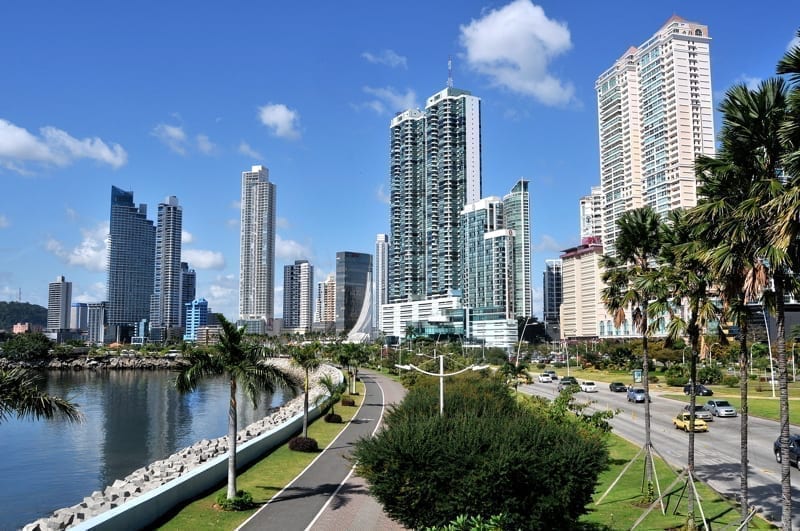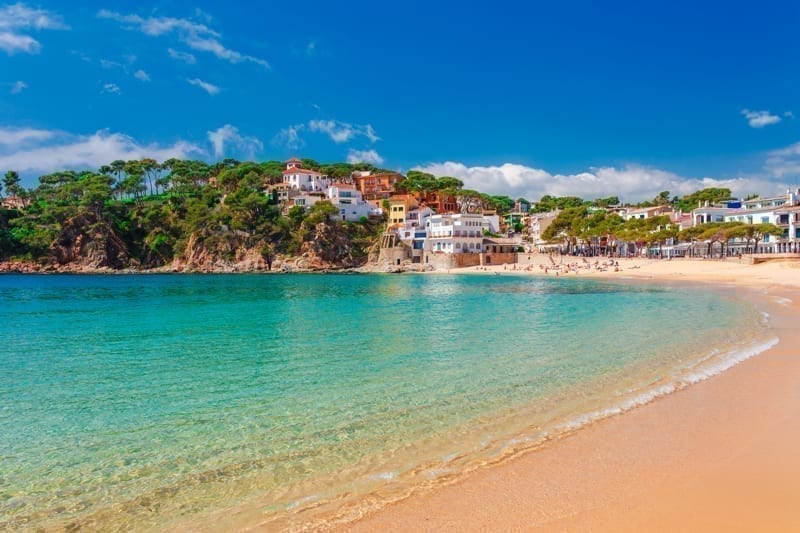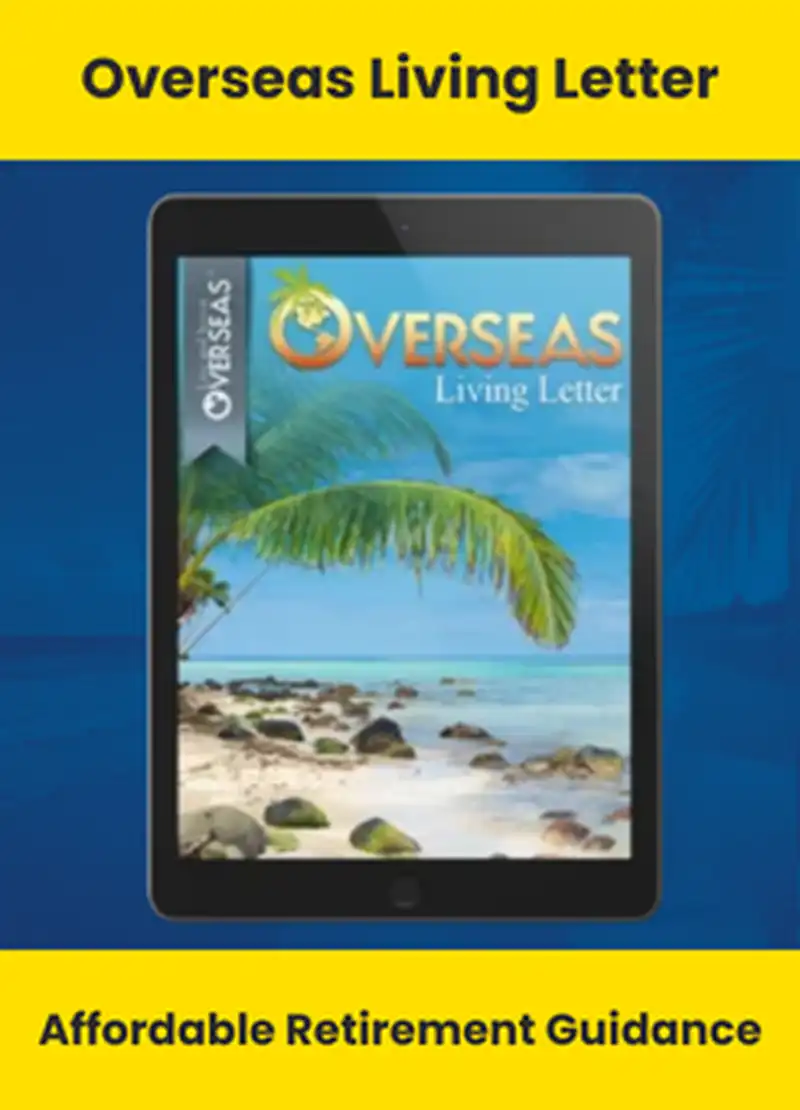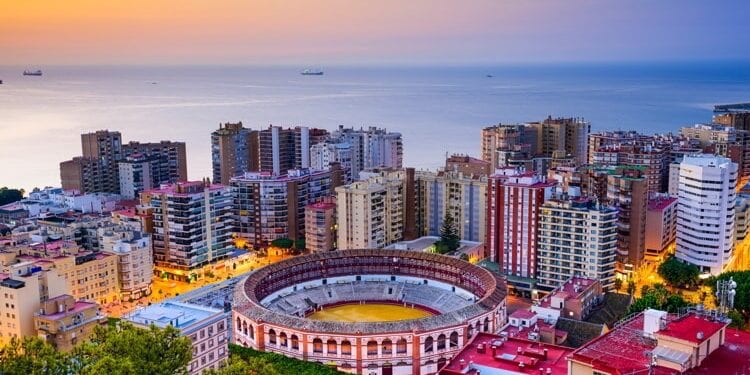Leverage is a key tool in every U.S. property investor’s kit. As late-night TV real estate investment gurus with courses and programs to sell assure us, other people’s money (OPM) is the secret to success building a real estate investment portfolio.
OPM allowed Lief to take his first step onto the property ladder in Chicago, and we’ve been able to leverage investments (through bank financing, pre-construction terms, and seller carrybacks) in Ireland, France, Portugal, Spain, the U.K., and Panama.
Leverage can make possible a purchase that wouldn’t be otherwise, and it can improve your return on investment. It can also cost you everything if you’re not able to keep up with required payments, as has happened to us. We recommend against borrowing to buy when you don’t have a backup plan.
In much of the world, you’re spared the risk.
Bank financing isn’t easily available for foreign investors in many overseas markets, “foreign investors” being the key point. If you’re resident in a country where you’d like to borrow for the purchase of real estate, as we were when we applied for bank financing in Ireland, your chances are the same as your local neighbors. You qualify or not based on your financial circumstances.
A bank looks on a foreigner as a much greater risk. It doesn’t have the infrastructure to chase down loan repayments in another jurisdiction. A foreign buyer can simply walk away from his mortgaged property. That means losing the down payment but doesn’t create long-term repercussions. Default on a mortgage at home, and your credit record carries that scar.
Developing-world markets don’t have the ability to track and report on these kinds of things, and you don’t necessarily have to care about your credit history in Brazil or Belize, where, after walking away from a property with an outstanding loan, you can choose never to return. Local banks understand this.
Where can you qualify today for bank financing as a foreign buyer? Here are three options…
Top Market For Local Leverage #1: Panama

Banks in Panama are currently flush with cash. They are trying to push a credit card into the hand of every Panamanian with a bank account. Credit is too easy to get. The situation reminds us of Ireland when we moved to Waterford in 1998. The Celtic Tiger borrowing bubble finally burst in 2008, and we wonder how long the one in Panama will continue.
However, we Americans aren’t benefitting (or being put at risk, depending on your perspective). Banks in Panama are not so interested in dealing with us. The United States is throwing its weight around the world in the name of its anti-money-laundering crusade, but it’s applying special pressure on Panama’s banking system in response to the 2018 Mossack Fonseca scandal.
It’s possible to find a bank that will lend to you in Panama (assuming you qualify), but I hesitate to mention any specific bank to approach. They change their internal rules related to lending to Americans faster than you can take money out of one of their ATMs.
The terms for the rental property we financed in Panama in 2007 required a down payment of 20%. Panama banks willing to lend to non-resident buyers today will require a higher down payment. In fact, you’re not likely to get an 80% LTV anywhere in the world today as a non-resident buyer or even as a legal resident if your income is derived from outside the country where you’re looking to buy.
In addition to putting down at least 30% to get bank financing in Panama, you’ll also have to buy a local life insurance policy naming the bank as beneficiary in the event of your death (as you’ll be required to do in most countries), and your interest rate will be 1% higher than the going local rate.
The interest rate surcharge is for mortgages on a second home or commercial property, and it’s imposed by law rather than bank policy. When lending to you as a non-resident, the bank assumes that the property you’re borrowing to buy won’t be your primary residence. If you’re moving to Panama and do plan to live in the property, explain this to the bank to avoid the extra 1% interest.
Even with the 1% surcharge, your mortgage rate won’t be outrageous, but it will be higher than U.S. rates. Expect about 7%. The rate, whatever it is, will be variable, as fixed interest rates are uncommon outside the United States. This worries some borrowers, but, in the 14 years we’ve held our 25-year mortgage in Panama, the rate has been adjusted only once. It was increased by .25%.
Panama banks use the same criteria as U.S. banks to assess your financial situation, including your U.S. credit score. They process payment and debt-to-income ratios in the same way with one critical difference. Panama banks consider the limit on any credit card as debt even if you’re not carrying a balance on that card. It’s an extremely conservative approach and creates problems even for Panamanians now that they all have credit cards, too.
One Panamanian we know was forced to pay off his credit cards and cancel them to obtain a mortgage, after which he was able to get new credit cards, including one from the bank who’d just given him a mortgage.
Top Market For Local Leverage #2: Portugal
Money is practically free in Europe if you qualify. European Central Bank (ECB) rates are so low that, when borrowing, you’re simply paying the bank’s margin, which can range from 1.5% to 2%.
Portugal is one European market where a non-resident foreigner can get a mortgage. The process is straightforward in theory, and it’s possible even to request pre-approval from a bank before you’ve found the property you want to buy. However, if your income is from passive rather than active sources, you’ll be required to provide more paperwork before final approval is granted.
If you’re buying with the expectation of obtaining financing, make sure a contingency clause is included in your purchase agreement. Many sellers overseas don’t like contingency clauses. You buy caveat emptor. The burden falls always on you as the buyer to carry out your own due diligence before signing a purchase agreement.
So it’s critical, when a mortgage is involved, even if you have a bank’s pre-approval, to insist on making the purchase contingent on your financing coming through. You can’t take for granted that the bank will in fact lend to you after they have carried out the final review of your documentation.
Banks in Portugal will lend up to 60% to a non-resident borrower. Mortgage terms rarely exceed 25 years anywhere in the world, and that’s the standard in Portugal (though it can be possible to persuade a bank to extend the term to 30 years depending on your age).
Top Market For Local Leverage #3: Spain

Spanish banks follow lending rules similar to those in Portugal, and you’ll find plenty willing to lend despite the hit so many took after the 2008 collapse and even though some are still cleaning up their foreclosed property lists.
In fact, the financing industry is so sophisticated in Spain you might want to opt for a mortgage broker to help you find the best deal. You can engage one for as little as a 500-euro fixed fee. Do your research to make sure you won’t end up paying any hidden fees via the bank.
Again, as in Portugal or anywhere, don’t rely on a mortgage broker telling you he can get you a mortgage when signing a purchase agreement. Insist on a contingency clause no matter how sure the broker is about your loan.
Sincerely,

Kathleen Peddicord
Founding Publisher, Overseas Opportunity Letter











